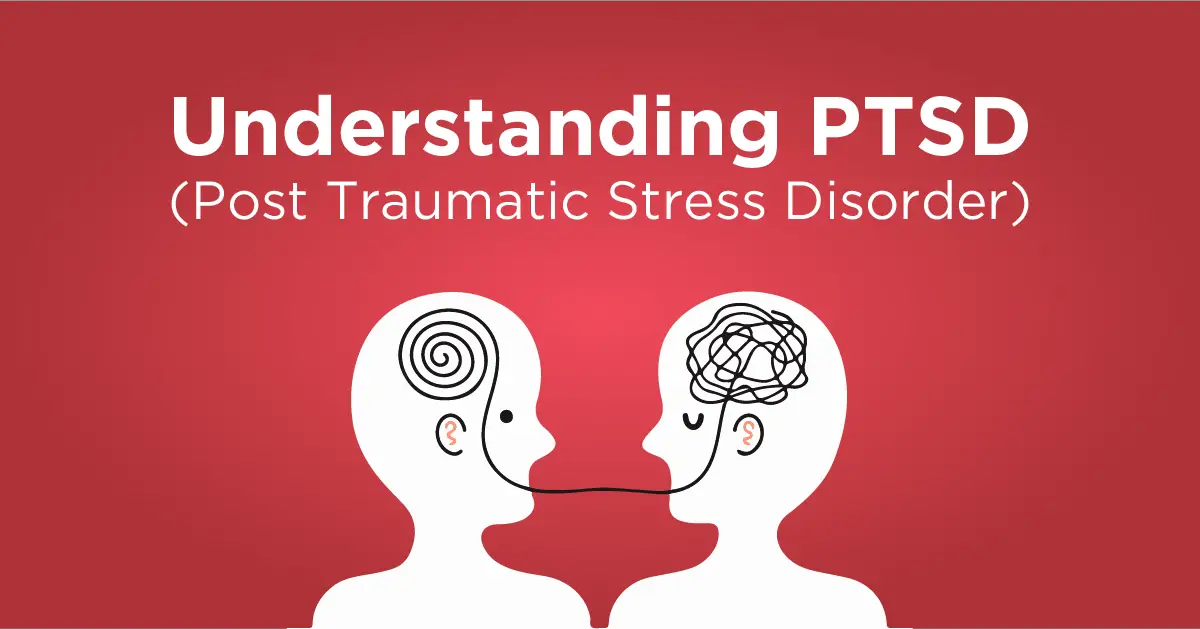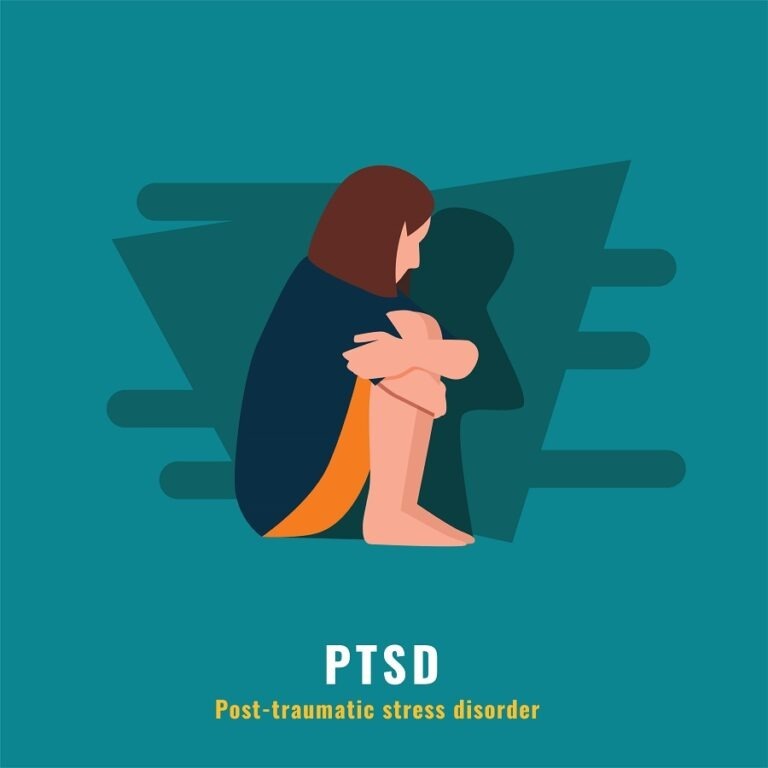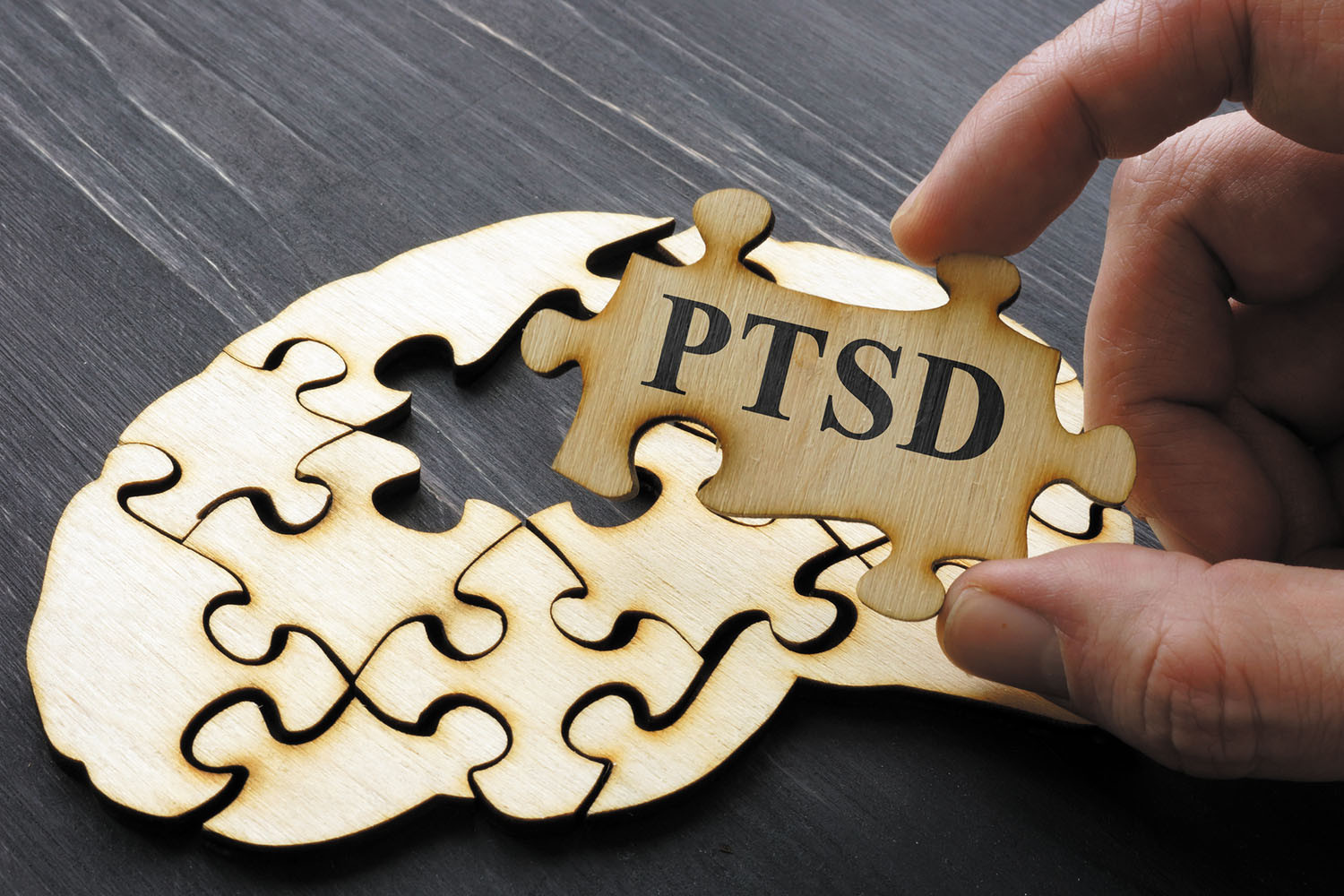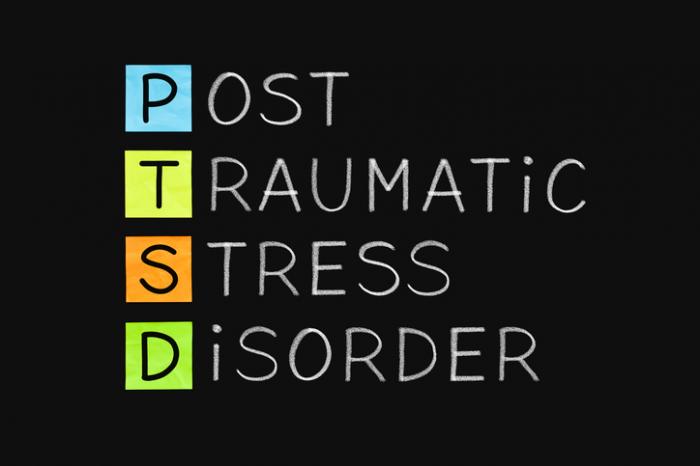What to anticipate in terms of (PTSD) and how to deal with it
Whenever it comes to addressing Post-Traumatic Stress Disorder injuries sustained in a mistake, there are two distinct categories of wounds that need to be addressed. Seen and unseen. When a doctor examines a patient, it is not difficult for them to see visible ailments and provide treatment for those injuries appropriately. The diagnosis and treatment of injuries that cannot be seen by the naked eye are not always simple and straightforward endeavors. After reading this article, you should have a better understanding of how to cope with and get treatment for post-traumatic stress disorder (PTSD).

persons have a tendency to believe that post-traumatic stress disorder (PTSD) is more common among persons who have been victims of violent crimes or soldiers who have returned from war with post-traumatic stress disorder, but they do not necessarily believe that PTSD would be prevalent after an accident. This piece will also address how to spot the indicators of post-traumatic stress disorder (PTSD) that may manifest in a patient, particularly if the individual in question has had a head injury.
What is ptsd?
The symptoms of post-traumatic stress disorder (PTSD) may appear after any stressful experience, with or without the presence of energy. This illness can also occur in isolation. Car accident victims who sustain brain injuries are more inclined to acquire post-traumatic stress disorder (PTSD) than those who do not sustain head injuries; nevertheless, PTSD symptoms may appear even in the absence of a head injury in certain cases. When a person is placed back in the environment where the traumatic event had place, it might lead them to have recurring nightmares, attacks of panic, withdrawal from life, sleeplessness, sadness, and extreme anxiety.
When the individual replays the incident in their brain, it might even lead them to experience anxiousness. A psychiatric evaluation and neurological examination are often required to establish a diagnosis of post-traumatic stress disorder (PTSD). The neurologist will place an order for scans and MRIs to establish the severity of the injury to the head, and a psychiatrist will perform numerous interviews with the individual in order to determine whether or not the patient is suffering from post-traumatic stress disorder (PTSD).
Concussions and post-traumatic stress disorder
People who are involved in accidents and have brain injuries seldom go on to acquire post-traumatic stress disorder (PTSD). There are a lot of different things to think about. At the site of the mistake, if a first responder has any reason to think that a victim may have suffered a brain injury, they will administer the Glasgow Coma Scale. The GCS evaluates a subject’s capacity to open the eyes, as well as their reaction to verbal and physical cues. The best possible score is 15, while the worst possible score is 0. This is carried out because it provides a solid baseline to establish whether or not an individual is suffering form a head injury.

The reason this is done is because of the previous sentence. Following the completion of the evaluation, it is entered into the medical record of the patient so that a neurologist may decide whether or not the patient requires more testing. The majority of the time, a neurologist will prescribe imaging tests such as a CT scan or an MRI to determine whether or not there is any harm to the brain. The diagnostic procedures that are performed as well as the patient’s state of health when they arrive at the hospital will determine the patient’s treatment plan. At this time, a neurologist is unable to determine in advance whether or not a patient may develop post-traumatic stress disorder (PTSD). Nightmares and distress from being placed in situations that are stressfully similar to the original traumatic event are the typical outward manifestations of post-traumatic stress disorder (PTSD).
How can I tell whether I am suffering from post-traumatic stress disorder?
Although there is no foolproof method to “know” for certain if post-traumatic stress disorder is the root of any anxiety that manifests after an event, a psychiatrist will conduct in-depth interviews with the patient to examine their symptoms. Some of the symptoms of post-traumatic stress disorder (PTSD) include having nightmares, going through periods of extreme anxiety or sadness, being withdrawn form life, and even being unable to function properly in ordinary settings. Patients may need to be confined to a facility in order to participate in rigorous psychotherapy in order to better deal with the pressures of day-to-day life, but this will depend on the seriousness of their symptoms.
The progress will be monitored by a group of counselors supervised by a psychologist and neurologist to ensure that the “acute” issues are treated and recognized. The team will assess if post-traumatic stress disorder (PTSD) is the source of the patient’s worry and stress after the accident based on their scans, interviews, and treatment. Because evaluating and diagnosing PTSD may take a significant amount of time—sometimes even months—having a strong support network is one of the most important factors in this process.
Is there any hope for a cure for ptsd?
While post-traumatic stress disorder (PTSD) cannot be cured, it may be managed. It will be necessary to monitor patients, and they may be given medicine to assist them deal with the effects of post-traumatic stress disorder (PTSD). Do not be alarmed; medical researchers are developing a number of therapies and regimens that, when combined, have the potential to enable individuals who struggle with PTSD to have normal lives that also have the potential to be successful lives.

Because PTSD is a brain condition, each individual who suffers from it will need to discover a treatment regimen that is effective for them. There is lifetime therapy and counseling available for those who have PTSD, which may assist with the day-to-day fears and concerns, but because PTSD is a condition of the brain, there is no one treatment that will help everyone. In conclusion, there are accidents that take place on a daily basis. People have brain injuries, and although the vast majority of them make full recoveries, people who suffer from brain injuries and accidents have a very real risk of developing post-traumatic stress disorder (PTSD).
It is of the utmost importance in the treatment of patients who suffer from post-traumatic stress disorder (PTSD) to develop the capacity to acknowledge that things will not return to their previous state and to locate a mode of therapy that will assist the patient in managing their symptoms. The procedure may be drawn out and difficult, but it is essential to keep the lawyer representing you informed of the necessary progression, therapy, and assessments in order to guarantee the highest possible level of care is delivered to you or your loved one.

